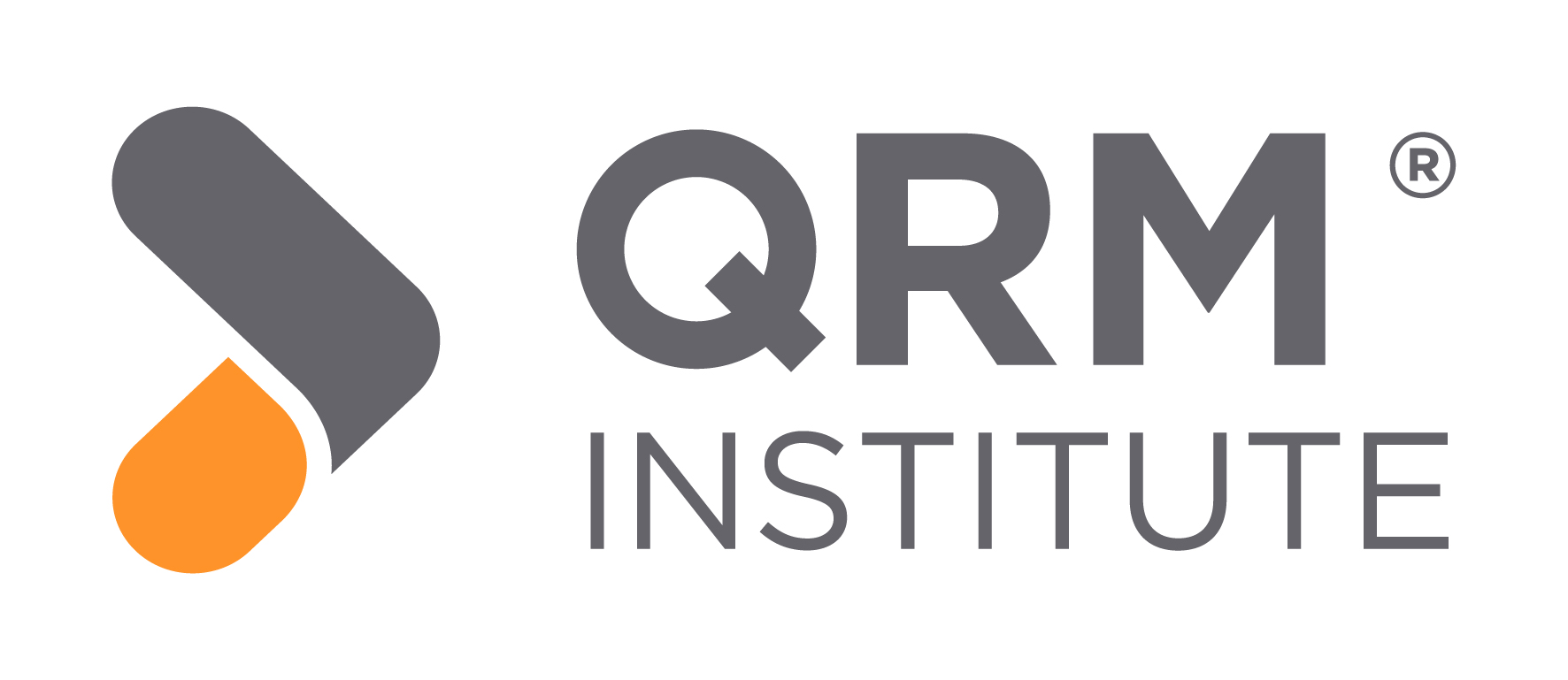How to simply measure the quality of cooperation

By Pascal Pollet – Sirris, Belgium
Everybody realizes that excellent cooperation in an organization is essential in achieving results, but how do you measure the quality of cooperation in an organization?
Imagine an organization where the co-operation isn’t going to plan. Every employee or department will organize work in such a way that it’s optimal for them self, without taking their colleagues into account. This typically leads to additional work or problems for the next step. Of which there are many examples: the sales department do not take production into account and sell products that are difficult to manufacture; the purchasing department opts for the cheapest supplier, which results in quality problems for production; the production departments produces in large batches in order to reduce changeover times, but this leads to long delivery times which in turn implicate things for the sales department.
In an organization with inadequate cooperation, there is also little trust which typically leads to extra control steps and re-work. In addition, employees will not be inclined to help each other when a colleague is busier. After all, it’s everyone for themselves.
Lead time
What is the most tangible consequence of all stated above? Long lead times for the customer!
The lead time is therefore an excellent tool to measure the quality of the co-operation. Employees and departments that work well together will help each other out when a colleague is overloaded with work.
Due to the fact that workers help each other out in times of need, the delivery times for the client will decrease. If employees work well together, they will organize their work in such a way that it will also benefit others. For example, products or material will immediately be stacked correctly, so that the next department does not have to (re-)stack, which saves time. In organizations with good cooperation, trust in each other’s capabilities will also be greater which means that you can reduce unnecessary checks, and in turn also benefits the lead time.
Costs
Yet we cannot measure the quality of the collaboration based on the costs? If employees work well together, then the total cost must also be lower? The total cost will indeed be lower, however there’s a fundamental difference between a focus on cost and a focus on lead time. You can easily measure lead times. You cannot measure costs, you can merely calculate them. These calculations are typically simplified to the sum of the costs of the different departments. By focusing on this you encourage the departments to solely reduce their own costs, but this typically leads to a poorer cooperation. By focusing on the lead time you avoid such sub-optimizations. After all, the majority of the lead time is in the waiting times between departments. By focusing on the lead time, you encourage employees to improve cross-border cooperation.
QRM
The Quick Response Manufacturing strategy focuses on improving cooperation by focusing on the lead time. QRM offers many practical insights and tools in order to help shorten the lead times in your organization.
Source photo: www.unsplash.com
